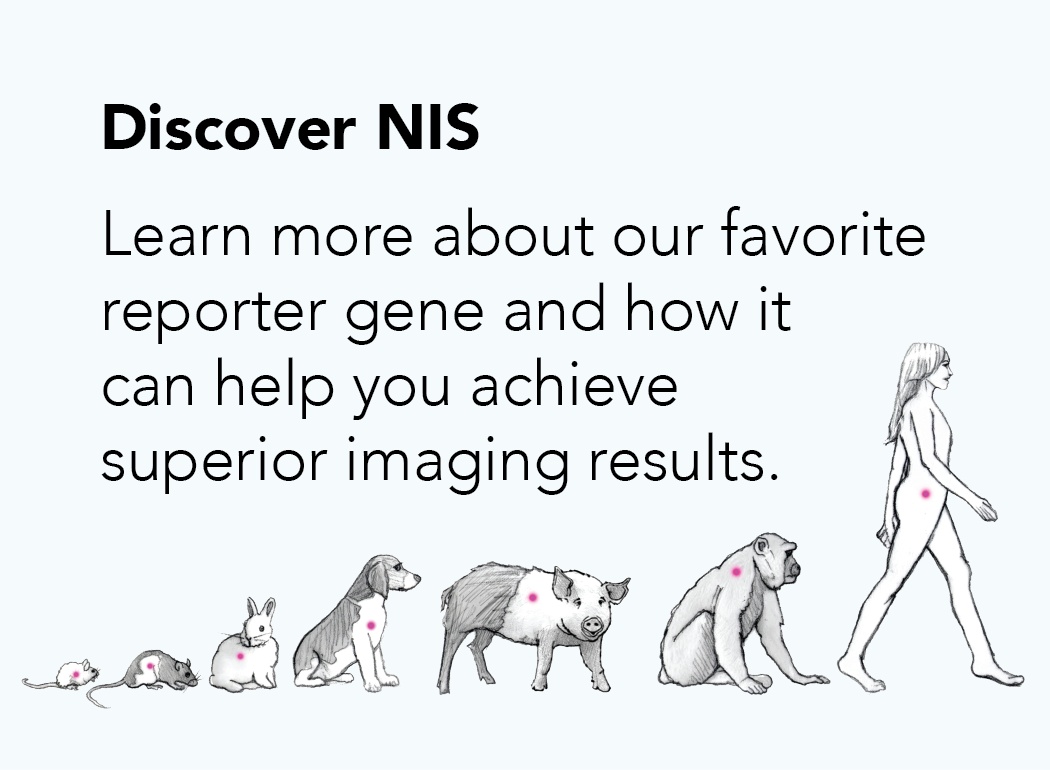What is RCV Testing?
Written December 6, 2017 by Imanis Life Sciences, Rochester MN
Over the last 20 years, the use of lentiviral vectors to generate stable cell lines has increased dramatically. This increase is due primarily to the capacity of lentiviral vectors to mediate stable insertion of transgenes into the genome of transduced cells, facilitating stable transgene expression over many cell passages. Today, lentiviral vectors have not only been engineered for optimal transgene expression, but also for increased biosafety. Despite the excellent safety track records of newer generations of lentiviral vectors, in vitro work with lentiviral vectors and lentiviral vector-transduced cells should be performed under BSL2 or BSL2+ conditions. Many institutes, however, permit downgrading to BSL1 for in vivo studies with lentiviral vector-transduced cells, provided that the cells are free of replication competent virus (RCV). Depending on your organization, your biosafety committee may also request RCV status before you begin working with the cells. So what exactly is RCV, and how is it detected?
What is RCV?
RCV is the presence of virus that is able to replicate. And even though many newer lentiviral vectors are replication defective, you still need to test the transduced cells to rule out the possibility of RCV being present. But why?
While both replication competent and replication defective lentiviral vector particles enter cells and integrate into host cell genomes, only replication competent viruses can generate additional progeny because replication defective lentiviral vector particles lack a complete viral genome. However, there exists the possibility that during production of replication defective lentiviral stocks, replication competent virus might be produced and contaminate the stock.
This possibility is due to potential recombination during production. To generate lentiviral vector particles, cells are transduced with three (2nd generation) or four (3rd generation) plasmids, which together encode all the viral components. The transfer plasmid encodes the gene(s) and promoter(s) of interest and the viral sequences necessary to incorporate them into the host cell genome. Envelope and packaging plasmids encode the other viral proteins needed to make the viral particles. If recombination between all the plasmids occurs during lentivirus production, a full-length virus genome could potentially be generated.
But it’s extremely unlikely that recombination between three or even four plasmids would happen in just the way needed to generate RCV. Moreover, many lentiviral vectors, including those we sell at Imanis, are self-inactivating (SIN). SIN vectors have a deletion in the 3’ LTR, which would ultimately prevent transcription of any potential full-length viruses generated through recombination. And that is why newer lentiviral vectors have such an excellent safety record.
How is RCV detected?
So how do you prove that your lentiviral vector-transduced cells are negative for RCV? The most widely-accepted test for detecting RCV is an enzyme-linked immunosorbent assay (ELISA) directed against the lentiviral p24 capsid protein. The test is run on culture supernatant collected from lentiviral vector-transduced cells, is relatively rapid, and offers high sensitivity.
Because this test is not able to distinguish between replication competent and replication defective particles, it is important to ensure there are no replication defective lentiviral particles from the initial transduction present in the samples being tested. Sample preparation is important. During transduction, replication defective lentiviral particles either enter the cells being transduced or are removed with the rest of the media during cell passaging and media changes. So each passage reduces the level of replication defective particles. Since replication competent virus produces progeny virus, passaging the cells does not have the same dilution effect on replication competent lentiviral vectors. Therefore, to accurately detect RCV but limit false positive caused by replication defective particles, the RCV test should be performed on samples that are collected from cells that have been passaged for at least two weeks (or multiple passages) after the transduction was performed.
If you plan to RCV test your cells, make sure to check with your biosafety committee about the sensitivity of detection that they require; different institutes can have different requirements. And if you don’t want to have to do the testing yourself, Imanis offers RCV testing, and would be happy to perform this service for you.

